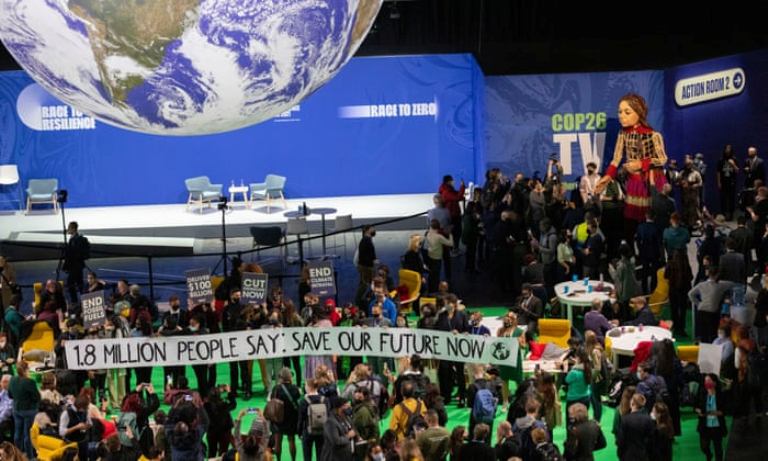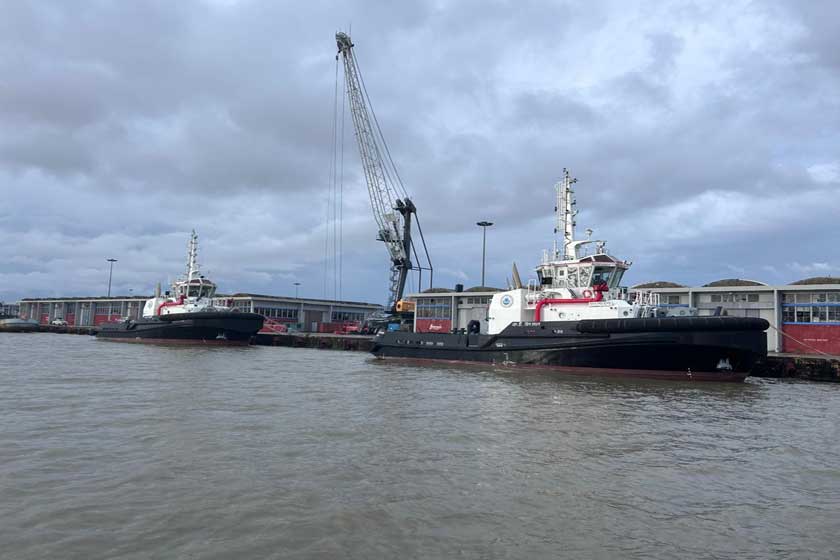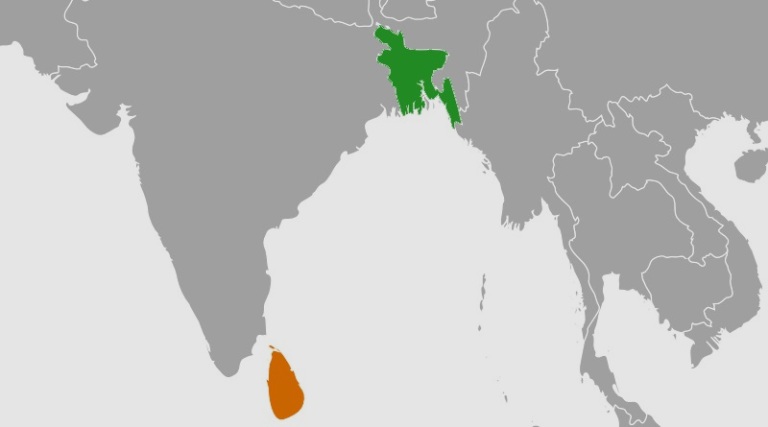
There is a nearly one degree gap between governments’ current policies and what would be required to actually achieve their stated 2050 targets. COURTESY
Since the Paris agreement in 2015, countries around the world have promised ambitious action on climate change. Six years later, it is clear that they haven’t followed through on that promise. In the latest analysis carried out by Climate Action Tracker, published today, we find that the vast majority of states’ proposed 2030 actions and targets to reduce emissions are inconsistent with their longer-term net zero goals.
There is a nearly one degree gap between governments’ current policies and what would be required to actually achieve their stated 2050 targets.
While much has been made in Glasgow over recent days of the calculation by the International Energy Agency that the latest wave of net zero targets would keep warming to 1.8C, we shouldn’t lean back and celebrate. It is dangerous, and gives false hope on climate action when there is such a massive function and ambition gap. Countries have made the commitments, but most of them haven’t begun the actions needed to achieve them, especially in the near term.
The stark reality is that we are far from solving the climate problem. With the policies governments have in place on the ground right now, warming is expected to reach 2.7C. Even if they meet their 2030 targets (but not their long-term targets), warming would still reach 2.4C by 2100 – and, given the uncertainties in the climate system response, there is a substantial chance of exceeding 3C.
And, with the current proposals, in the short term we would emit around twice as much in 2030 as we would if we were holding to a 1.5C trajectory. It should also be noted that 1.8C is still far from the Paris agreement’s 1.5C limit.
At the Climate Action Tracker, we assess the climate action of 40 countries totalling more than 80% of global emissions, and as part of this we also assess net zero targets. While we find that all the net zero targets announced so far could theoretically hold warming at about 1.8˚C – this is our “optimistic” scenario if they are fully implemented – the problem is that without stronger concrete near-term action, this would be physically impossible to achieve.
Of the 25 net zero targets we have so far analysed, only four countries get an “acceptable” rating (Chile, Costa Rica, the EU and the UK). That’s only 6% of global emissions. Four are “average”, four “poor”, and the rest are “target information incomplete”.
Ambitious words and promises are good, but one must ultimately judge governments by their actions. Their action on near-term targets so far falls well short of what’s needed, and is indeed inconsistent with most of the net zero targets on the table.
Australia, Russia, Saudi Arabia, Turkey and the United Arab Emirates have put forward net zero targets that lack critical details on scope, target architecture and transparency. These targets will only be credible if followed by robust legislation and detailed plans as to how they’ll achieve net zero, as well as stronger 2030 targets to get them on track to meet them.
These governments and others use these vague, aspirational targets to distract from inadequate action. They’re just lip service to real climate action.
What’s driving this inaction? In our view, it’s the continued commitment to coal and gas. The world seems reluctant to kick the coal habit: Glasgow’s coal pact isn’t going to solve the problem, as countries such as the US, China and India haven’t signed up, and the phase-out date is woolly. We know that coal extraction must end in the OECD by the end of this decade.
While China has committed to stop funding new coal plants overseas, it refused to sign the Glasgow deal to stop funding gas overseas. Gas is the new coal, and is not the answer to climate change. It’s still a fossil fuel, and needs to be phased out almost as fast as its dirty cousin.
Despite this, the World Bank, multilateral development banks, and the European Union are still planning to fund new gas plants. The world’s largest gas exporter, Australia, is also going full steam ahead on new plants.
As things stand, we’ll end up with is either warming well above 2C or a lot of stranded assets – investments that could be better used on actual low-carbon projects.
Looking at our Climate Target Update Tracker, 11 countries of the 40 we look at haven’t increased the ambition of their targets at all since Paris.
Leaving the 2030 targets to languish in their current sorry state for another five years until the next round of Paris agreement updates in 2025 – which is to set targets for 2035 – is far too late for the climate. It could lose us the 1.5C world.
Governments need to come back next year for Cop27 with stronger 2030 targets, and again the next year, until they measure up to something that will actually move the dial.
Bill Hare is chief executive of Climate Analytics, Prof Dr Niklas Höhne is from NewClimate Institute.












0 Comments